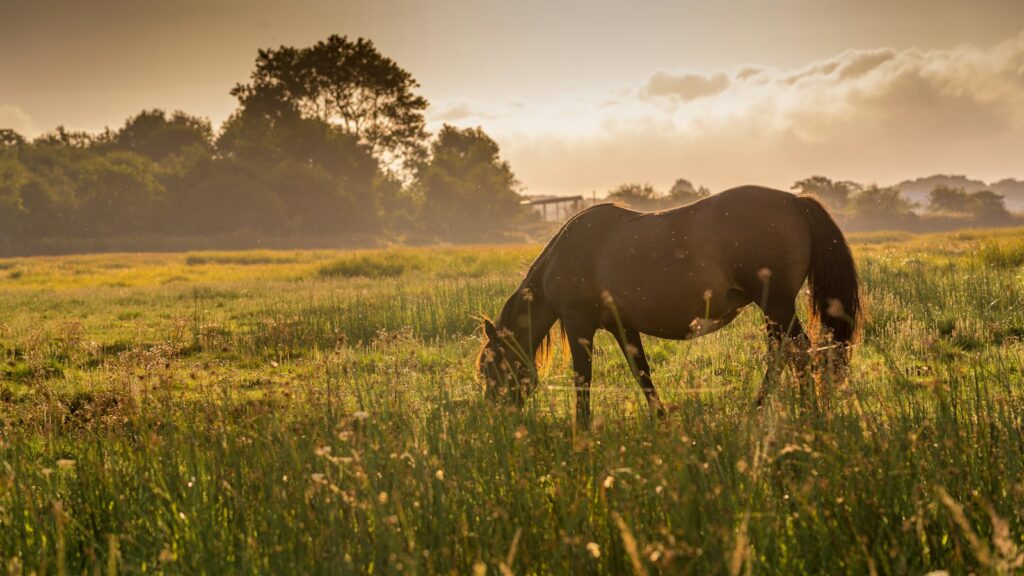Horses, these majestic creatures that have accompanied humans throughout history, still hold many secrets unknown to the general public. While most people recognize common breeds like Thoroughbreds and Arabians, the equine world contains fascinating diversity in both breed characteristics and dietary needs. This article delves into the lesser-known aspects of horse nutrition and rare breeds that even equestrian enthusiasts might find surprising. From the specialized digestive systems that allow horses to extract nutrients from fibrous plants to breeds that have adapted to some of the world’s most extreme environments, these hidden facts reveal the remarkable complexity and adaptability of our equine companions.
The Surprising Truth About Horse Digestive Anatomy
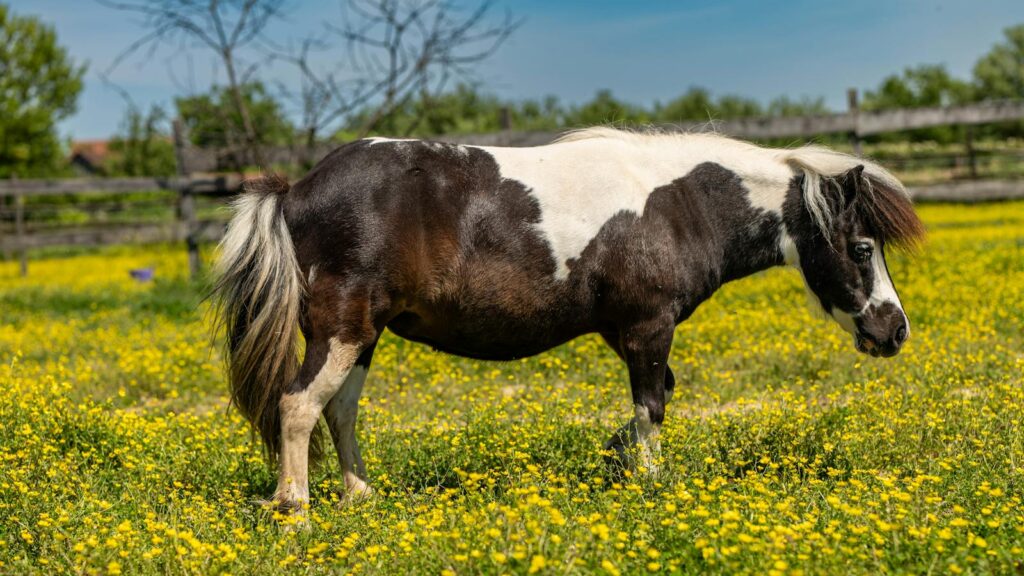
Unlike humans and many other mammals, horses have evolved a unique digestive system that makes them obligate herbivores with fascinating nutritional requirements. Most people don’t realize that horses lack a gallbladder, which means they need to eat small amounts frequently rather than large meals, as they can’t store and concentrate bile. Another hidden fact is that horses can only vomit in extremely rare circumstances due to a powerful cardiac sphincter that essentially makes regurgitation impossible. This anatomical feature makes horses particularly vulnerable to colic and digestive upsets, as anything consumed must pass through the entire 100-foot digestive tract. Additionally, horses extract most of their nutrients through hindgut fermentation in their enormous cecum, essentially housing a fermentation vat that contains billions of microorganisms to break down fibrous plant materials that would be indigestible to humans.
The Critical Role of Fiber Many Owners Overlook
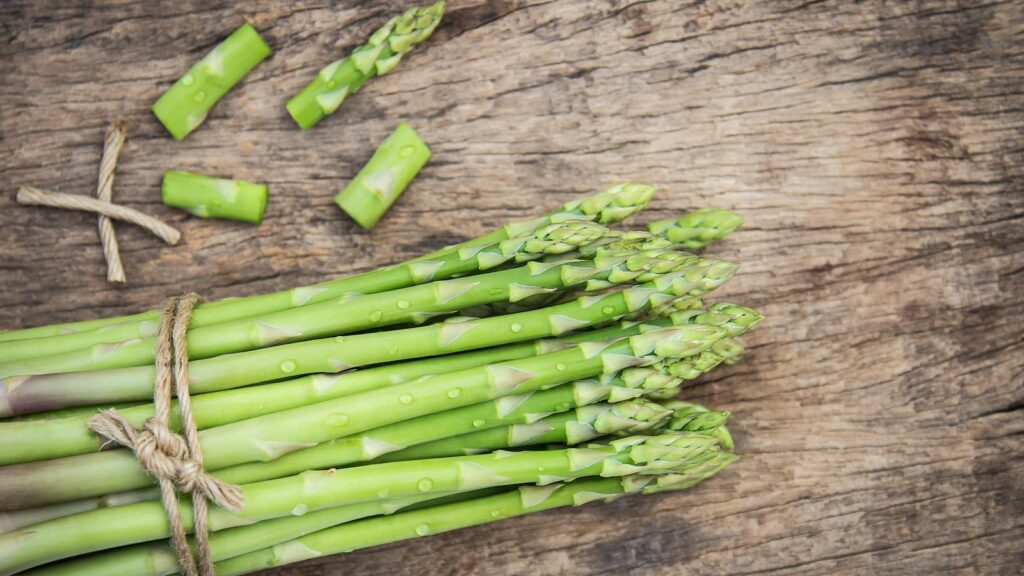
While many horse owners focus on protein and energy content when selecting feeds, the fundamental importance of fiber in equine diet is often underappreciated. Horses evolved to consume forage nearly continuously, with natural grazing behavior involving up to 18 hours daily of consuming high-fiber, low-starch plants. This constant intake of fiber is not merely for nutrition but serves critical physiological functions including maintaining gut motility, stimulating saliva production that buffers stomach acid, and supporting mental well-being. Many behavioral issues in stabled horses actually stem from insufficient fiber intake rather than excess energy as commonly believed. Research has demonstrated that horses deprived of adequate fiber are significantly more likely to develop stereotypical behaviors like cribbing, weaving, and wood-chewing as they attempt to satisfy their innate foraging needs.
The Akhal-Teke: The Metallic Horse
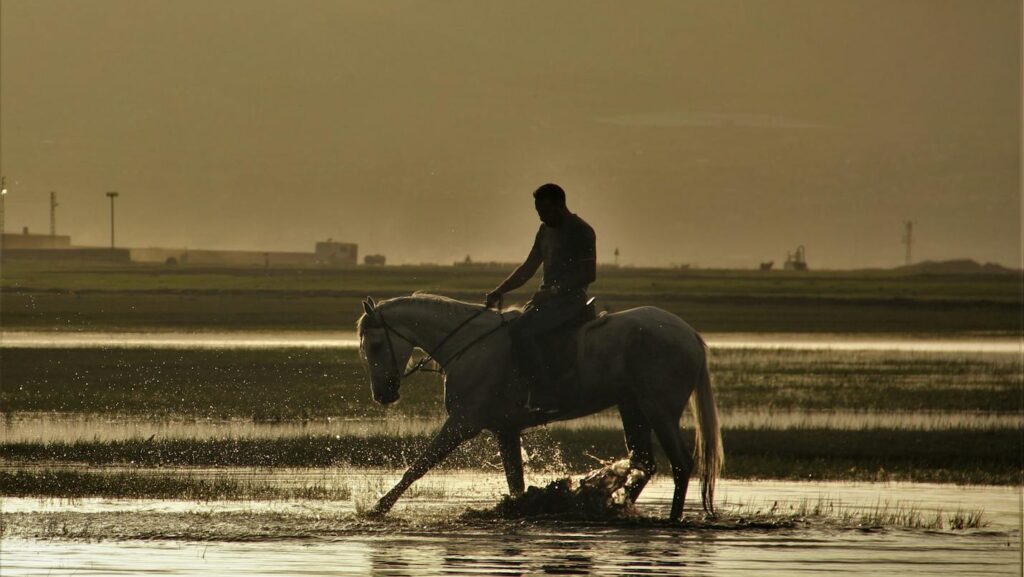
Among the world’s most visually distinctive yet relatively unknown horse breeds is the Akhal-Teke, often called “the golden horse” due to its uniquely metallic coat sheen. Native to Turkmenistan, these horses evolved in desert conditions and developed not just their distinctive appearance but extraordinary dietary adaptations allowing them to thrive with minimal water and sparse vegetation. Their digestive efficiency is so remarkable that traditional nomadic owners could sustain these horses on diets that would be inadequate for most other breeds. The Akhal-Teke’s metallic sheen results from the unique structure of their hair shafts, which contain hollow cores that refract light differently than normal horse hair. Beyond their striking appearance, these horses have been prized for millennia for their endurance, with historical records describing Akhal-Tekes covering over 1,000 kilometers in desert conditions while receiving minimal water and forage.
Przewalski’s Horse: The Last Truly Wild Horse
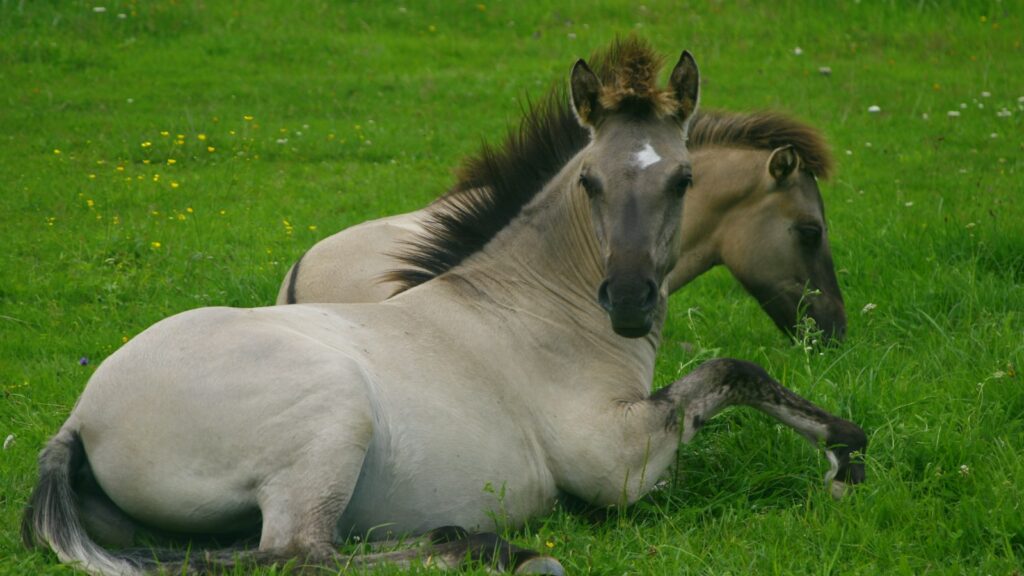
While many horses are labeled as “wild,” almost all are actually feral descendants of domesticated stock, with one notable exception – Przewalski’s horse. This extraordinary breed, native to the steppes of central Asia, represents the only truly wild horse species remaining on Earth, having never been domesticated by humans. Their dietary adaptations are particularly fascinating, as they can subsist on extremely harsh vegetation including salt-tolerant plants that would be unpalatable to most domestic horses. Przewalski’s horses have 66 chromosomes compared to the 64 found in domestic horses, confirming their genetic distinction as a separate species. After being declared extinct in the wild in the 1960s, conservation breeding programs managed to reintroduce these remarkable horses to their native range, where they now demonstrate their incredible ability to extract nutrition from the sparse steppe vegetation that sustained their ancestors for thousands of years.
The Marwari Horse and Its Unique Ears
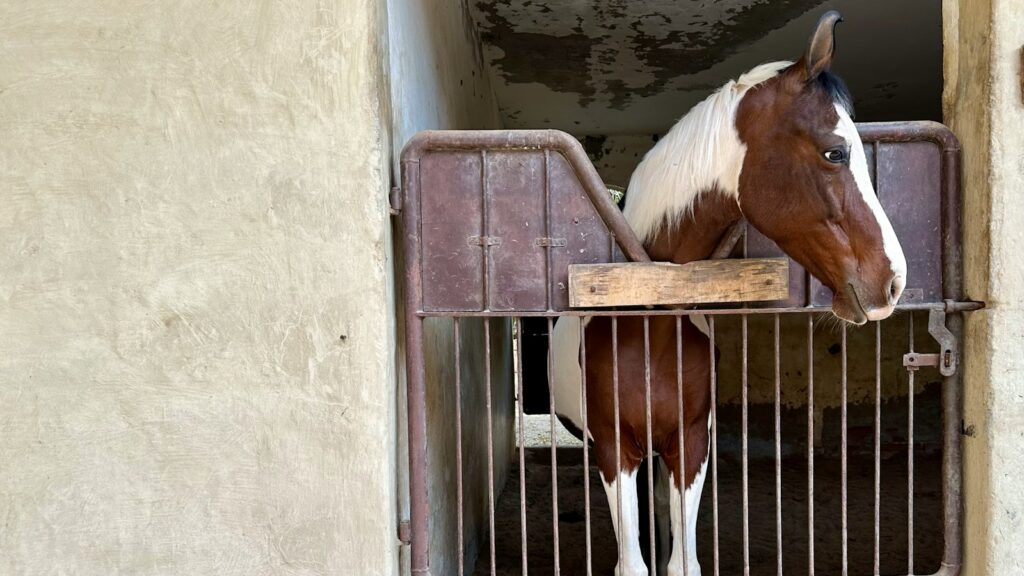
India’s indigenous Marwari horse stands apart from all other breeds due to its most distinctive feature – uniquely curved ears that can rotate 180 degrees and often touch at the tips, forming a perfect arch. While this physical characteristic draws immediate attention, less known is how the Marwari’s digestive adaptations allowed it to thrive in the harsh desert environment of Rajasthan. These horses developed exceptional efficiency at extracting moisture from fibrous desert plants, enabling them to remain properly hydrated in conditions that would severely challenge most breeds. Traditional Marwari diets included regional plants like khejri pods and indigenous grasses that contain compounds helping the horses maintain electrolyte balance even in extreme desert heat. Historical accounts from the Mughal period note that Marwari horses could perform military duties for days with minimal water and mainly native vegetation for sustenance, a testament to their specialized digestive adaptations to the Indian subcontinent.
The Misunderstood Reality of Sugar in Horse Diets

Many horse owners have been taught to fear sugar in equine diets, but the reality is far more nuanced than commonly understood. Natural pasture grasses can contain between 15-30% water-soluble carbohydrates (sugars), varying dramatically by season, time of day, and growing conditions. Contrary to popular belief, not all horses need low-sugar diets, as working horses actually benefit from appropriate carbohydrate intake to fuel their exercise requirements. The confusion stems partly from metabolic conditions like Equine Metabolic Syndrome and insulin resistance that do require careful sugar management, but these conditions affect a minority of the equine population. Research at major equine nutrition centers has demonstrated that the negative reputation of molasses and other sweet feeds has been somewhat exaggerated, as they can serve valuable purposes in appropriate quantities for certain horses, including increasing palatability and acting as a binder for medications and supplements.
The Remarkable Knabstrupper: The Leopard Horse
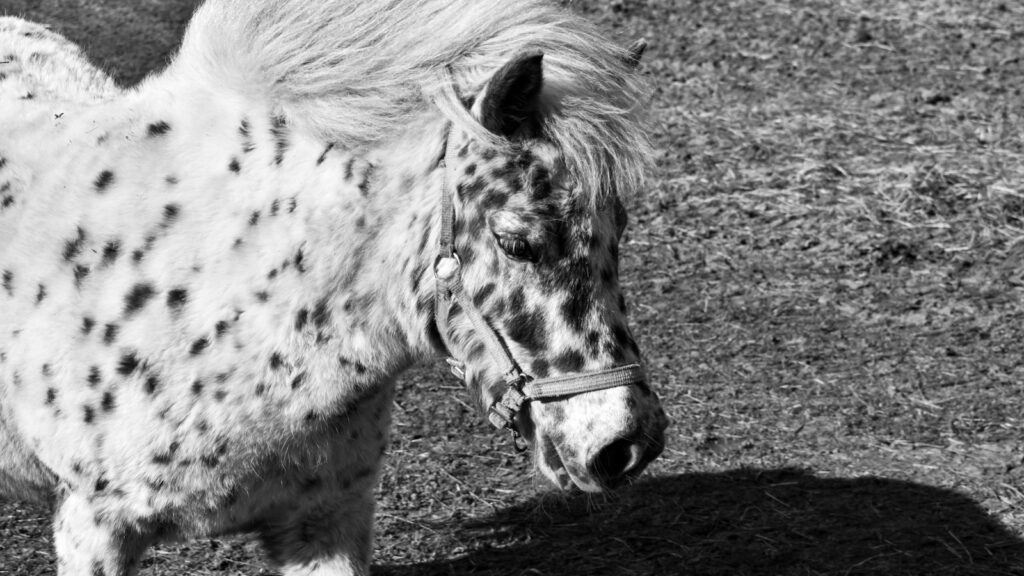
The Knabstrupper, with its striking leopard-spot pattern, represents one of Europe’s oldest and most distinctive breeds, yet remains relatively unknown outside dedicated equestrian circles. Originating in Denmark, these horses were historically fed diets high in fish oil and specialized grains that contributed to their remarkable coat patterns and skin health. Their digestive systems show unusual adaptability to higher fat diets compared to many horse breeds, which traditional Danish breeders utilized by incorporating flaxseed, fish derivatives, and specialized regional grains in their feeding programs. The breed nearly disappeared during World War II when feed shortages decimated their numbers, but was saved through dedicated conservation breeding. Modern nutritional research has revealed that Knabstruppers process certain carotenoid compounds differently than other breeds, which may contribute to the intensity and preservation of their distinctive spotted coats when fed appropriate diets rich in these natural pigment precursors.
The Selenium Paradox in Horse Nutrition
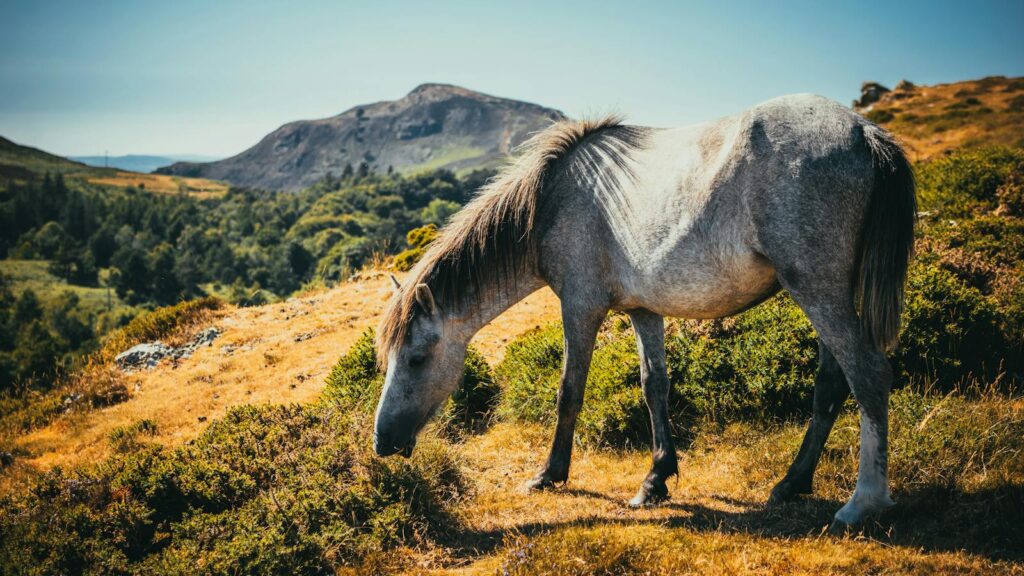
Selenium represents one of the most geographically variable nutrients in horse diets, creating a fascinating paradox where this element can be both essential and toxic depending on location and amount. Horses in selenium-deficient regions like the Pacific Northwest, New England, and parts of Europe may suffer from serious health conditions including white muscle disease and reduced immune function without supplementation. Conversely, horses in selenium-rich areas such as parts of the Dakotas, Wyoming, and certain regions of Australia can actually experience selenium toxicity from consuming local plants that accumulate this mineral. This geographic variation has led to remarkable adaptation in certain horse breeds, with some native breeds showing improved tolerance to either high or low selenium environments through generations of natural selection. Research has demonstrated that the margin between deficiency and toxicity is narrower for selenium than almost any other nutrient in equine diets, making it one of the most challenging aspects of regional horse nutrition.
The Karachai Horse: Survivor of the Caucasus
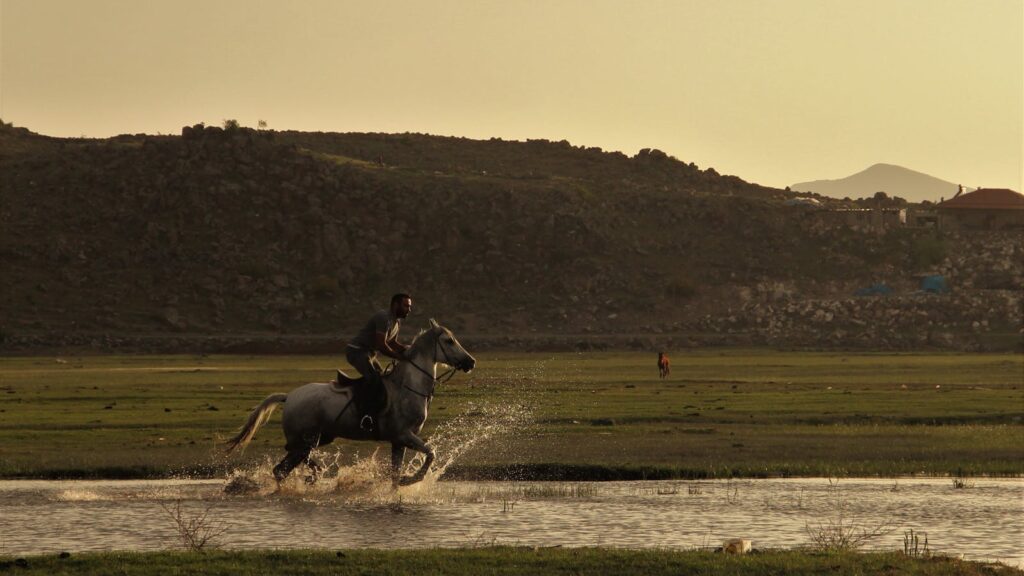
The Karachai horse, native to the harsh mountain regions of the North Caucasus, represents one of the most environmentally adapted yet least known horse breeds in the world. These horses have evolved extraordinary digestive efficiency that allows them to extract nutrients from extremely poor-quality forage, including woody plants and roughage that would be nutritionally inadequate for most other breeds. Their metabolic adaptations include enhanced winter fat storage capabilities and remarkably efficient thermoregulation that minimizes energy expenditure in severe cold. Historical accounts from Russian and Turkish sources note that Karachai horses could maintain condition on diets that would lead to starvation in other breeds, particularly during the harsh Caucasian winters. Modern research has identified unique gut microbiome compositions in these horses that include specialized bacteria capable of breaking down plant compounds that remain indigestible to most domestic equids, representing a remarkable example of co-evolution between a horse breed and regional microorganisms.
The Critically Endangered Colonial Spanish Mustang
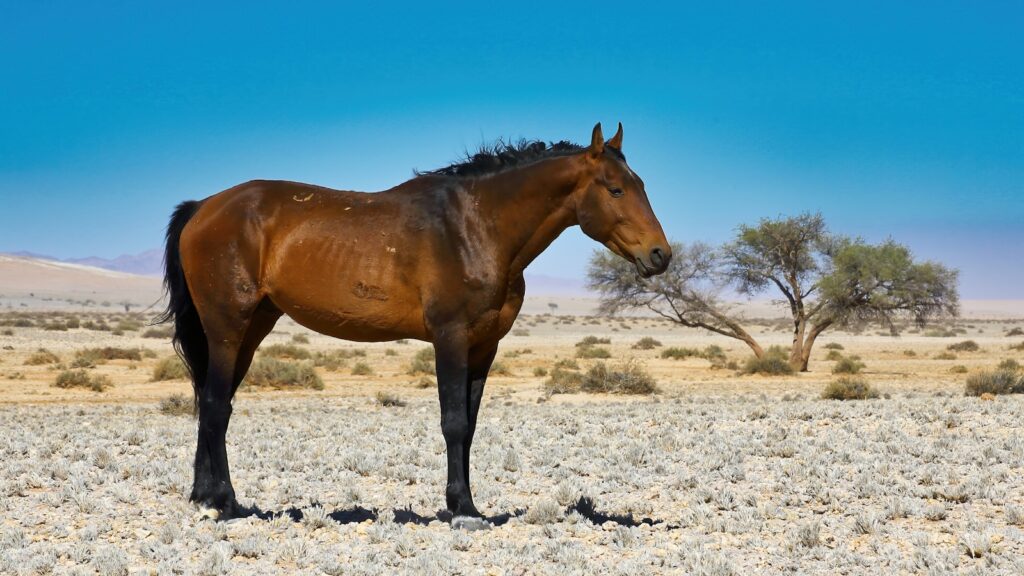
The Colonial Spanish Mustang represents one of the most historically significant yet endangered horse breeds in North America, with genetic studies confirming their direct descent from the original Spanish horses brought to the Americas in the 1500s. While most people associate mustangs with the larger, more common Bureau of Land Management horses, true Colonial Spanish Mustangs retain the smaller size, distinctive conformational features, and remarkable dietary adaptations of their Iberian ancestors. These horses evolved specialized digestive capabilities that allow them to thrive on the sparse, often poor-quality vegetation of barrier islands and desert environments where many populations developed in isolation. Nutritional studies of island populations like those on Shackleford Banks have demonstrated these horses can maintain healthy condition on diets containing high amounts of salt marsh cordgrass, sea oats, and other plants that would cause digestive upset in most domestic breeds. Their ability to efficiently process high-salt content plants while maintaining proper hydration represents a remarkable adaptation not found in most modern horse breeds.
The Canadian Horse: The Little Iron Horse
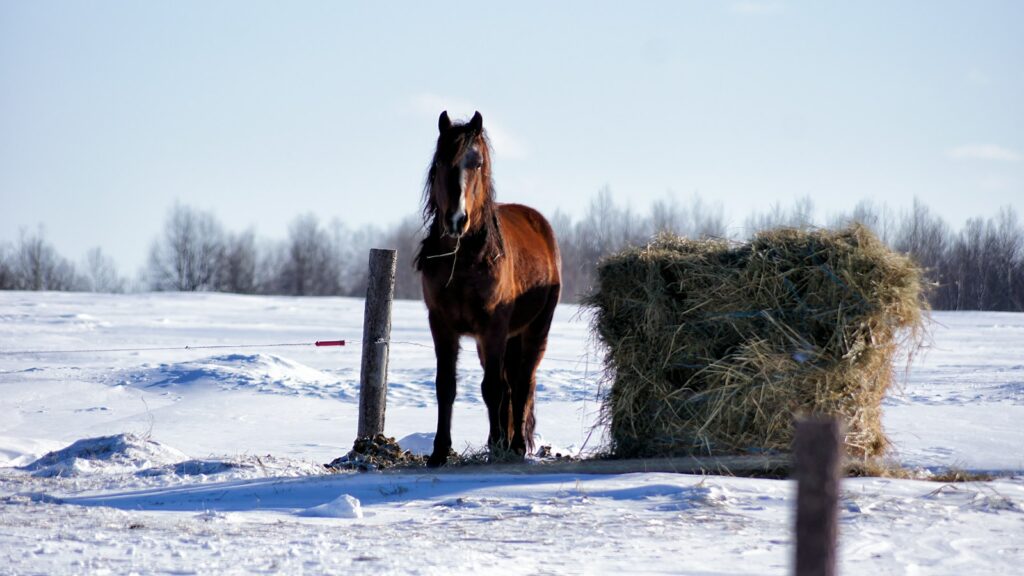
Canada’s national horse, aptly nicknamed “The Little Iron Horse,” developed in isolation for over 400 years into one of North America’s most hardy yet least known breeds. These horses evolved remarkable cold-weather dietary adaptations, including more efficient fiber digestion and superior ability to maintain body condition on minimal feed during harsh Canadian winters. Historical accounts from the 19th century note that Canadian Horses could work tirelessly while consuming approximately two-thirds the feed required by larger draft breeds, earning them their “Iron Horse” moniker. Their digestive efficiency became legendary among early settlers, who observed these horses breaking through snow and ice to access dormant plants that other horses would ignore or could not digest effectively. Modern research has confirmed that Canadian Horses possess distinct metabolic advantages, including more efficient energy extraction from low-quality forage and superior glycogen storage capabilities, physiological adaptations that developed through centuries of natural selection in the challenging climate of French Canada.
The Hidden Dangers of Modern Horse Feeding Practices
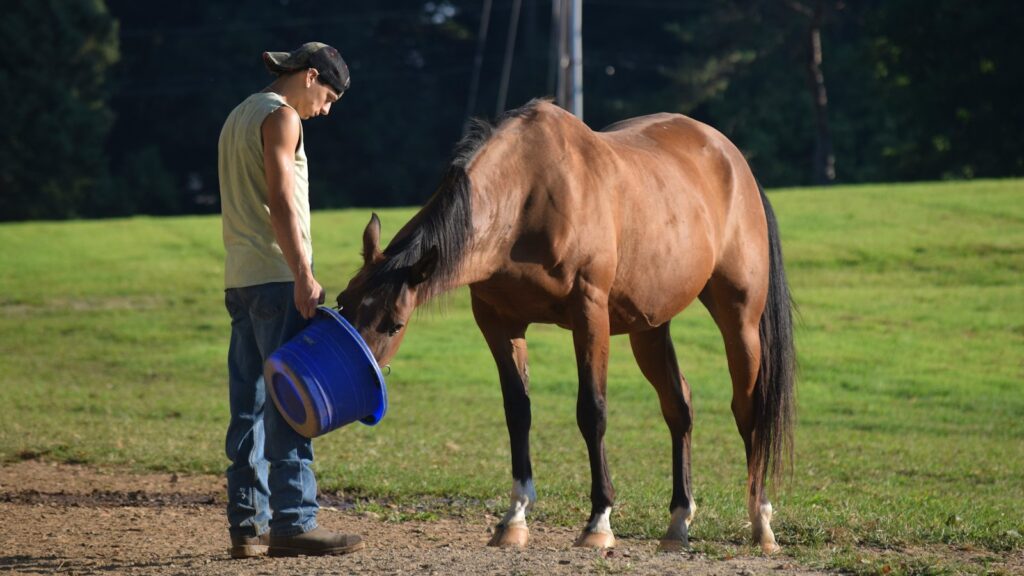
Despite advances in equine nutrition science, many modern feeding practices create hidden health risks that contradict horses’ evolutionary dietary needs. The shift toward high-energy concentrates and limited forage access represents a dramatic departure from the continuous grazing pattern horses evolved to require. Research has demonstrated that horses naturally consume small amounts nearly continuously, maintaining constant digestive activity and saliva production that buffers stomach acid. When restricted to two or three meals daily, horses experience periods of empty stomachs leading to increased gastric ulcer risk, with studies showing over 90% of performance horses develop ulceration under conventional feeding regimens. Additionally, the modern practice of feeding large grain meals causes dramatic blood glucose spikes associated with increased laminitis and colic risk, conditions rarely seen in horses maintained on more natural forage-dominant feeding schedules. Perhaps most concerning is the relationship between restricted feeding and behavioral issues, as studies have demonstrated horses with limited forage access develop significantly higher rates of stereotypies and stress-related behaviors compared to those with free-choice access to appropriate forage.
The Suffolk Punch: The Disappearing Draft Horse
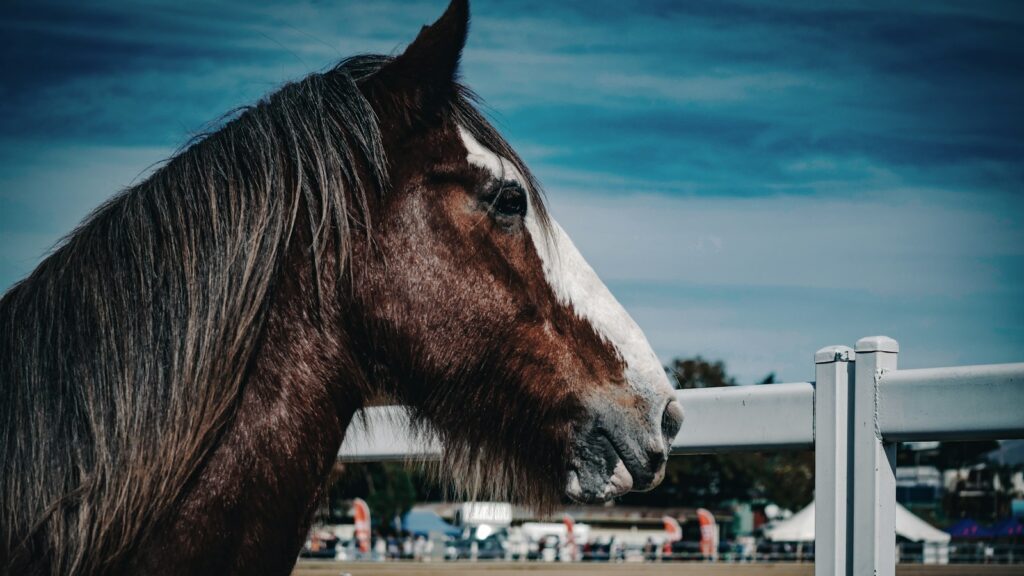
The Suffolk Punch, England’s oldest native draft breed and once the backbone of British agriculture, now stands on the brink of extinction with fewer registered animals than giant pandas. These distinctive chestnut horses evolved remarkable feed efficiency that allowed them to perform heavy farm work while consuming significantly less grain than other draft breeds, earning them the reputation as “the most economical farm horse” in pre-mechanization Europe. Their digestive systems developed specialized adaptations to the clay soils of eastern England, allowing them to thrive on regional feeds that contained mineral profiles challenging for other breeds. Historical farm records from the 18th and 19th centuries document that Suffolk Punches could maintain excellent working condition on diets containing significantly higher proportions of local root crops, particularly turnips and mangels, than could other draft breeds of the era. Modern conservation efforts include research into preserving their unique digestive adaptations, with studies confirming Suffolk Punches still demonstrate superior fiber utilization and different cecal fermentation patterns compared to other heavy horse breeds when fed traditional East Anglian forage.
The Ancient Art of Horse Dentistry and Its Impact on Nutrition
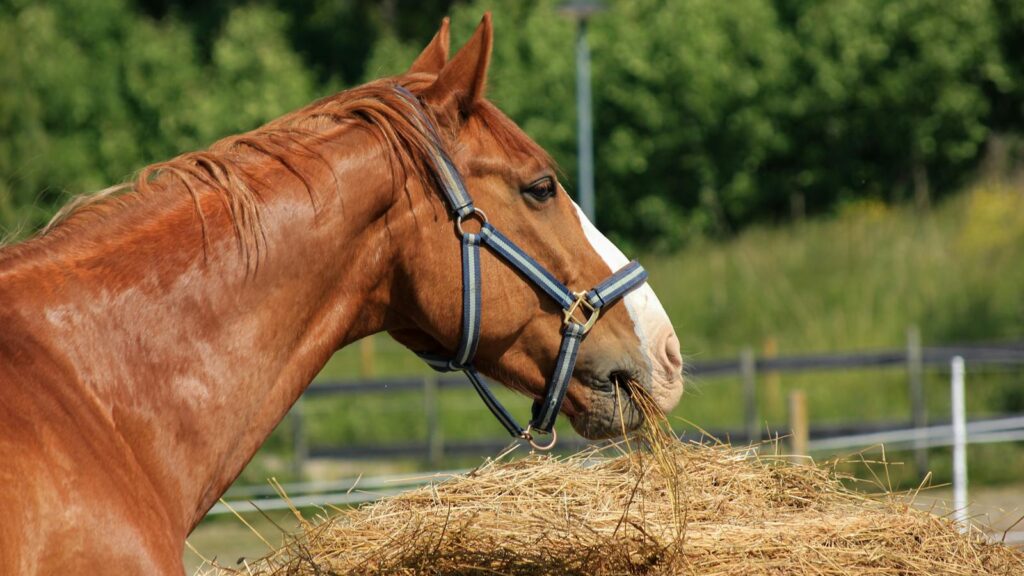
Few horse owners realize that equine dentistry dates back thousands of years, with evidence of filing techniques appearing in ancient texts from China, Greece, and the Middle East. Modern equine nutrition has revealed that proper dental care directly impacts a horse’s ability to extract nutrients from feed, as horses must thoroughly grind their food since the majority of nutrient extraction occurs in the hindgut rather than through the action of stomach acids. Horses possess hypsodont teeth that continuously erupt throughout their lives, an adaptation for wearing down from the abrasive silica in grasses, but this system requires proper wear patterns to maintain efficiency. Research has demonstrated that horses with untreated dental issues can lose up to 30% of the nutritional value of their feed due to inadequate grinding, essentially requiring significantly more feed to maintain the same body condition. Archaeological discoveries have shown that even ancient civilizations recognized this connection, with elaborate dental tools found in burial sites of horse cultures from the Scythians to the Mongols, demonstrating the long-understood relationship between dental health and nutritional efficiency in horses.
conclusion

In conclusion, the world of horse breeds and equine nutrition contains remarkable depths that even many experienced horsemen remain unaware of. From the genetic uniqueness of Przewalski’s horses to the extraordinary digestive adaptations that allow breeds like the Karachai and Colonial Spanish Mustang to thrive in challenging environments, horses have developed remarkable specializations throughout their evolutionary history. Understanding these hidden facts about equine diet and rare breeds not only enhances our appreciation for these magnificent animals but also helps improve our approaches to their care and preservation. As we continue to study and document these lesser-known aspects of the equine world, we gain valuable insights that can help ensure the survival of rare breeds and the optimal health of all horses under human care.

